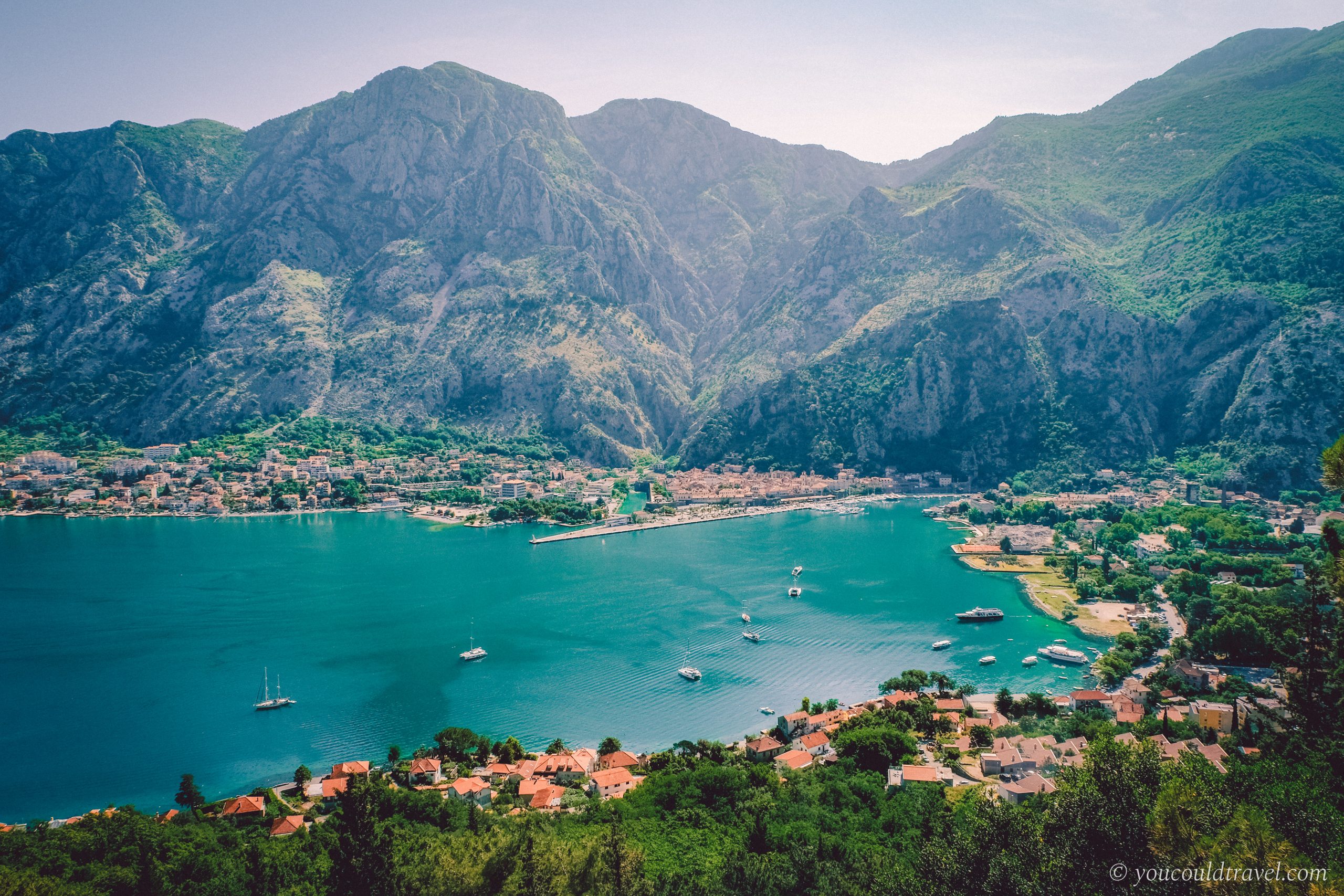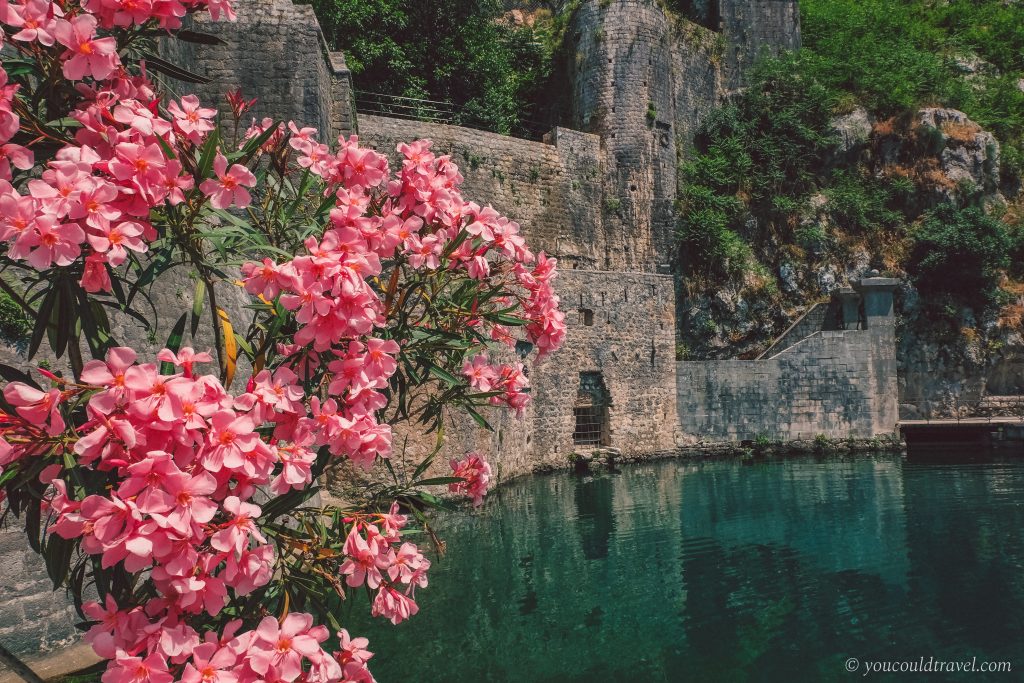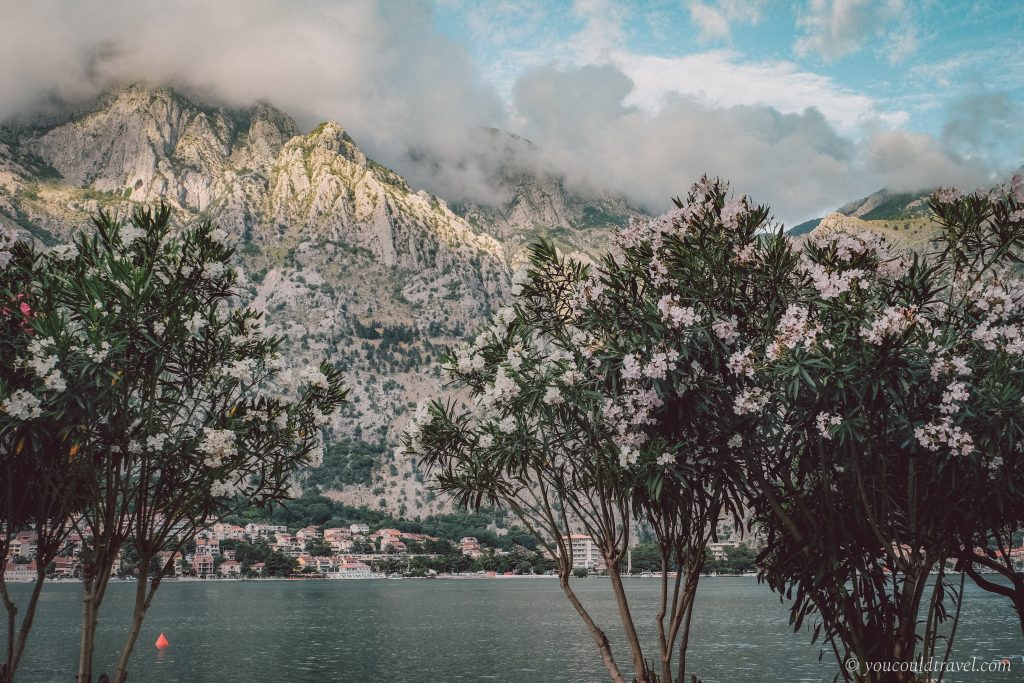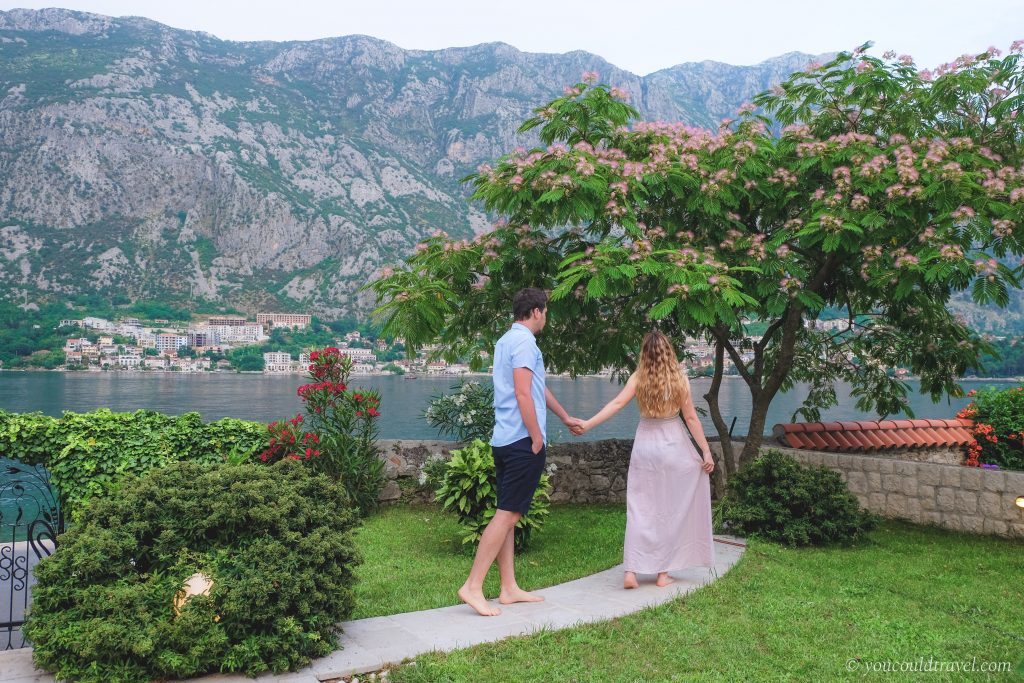Excellent sea, interesting history, and a fascinating rugged terrain that will leave anybody in awe. Every visit to Montenegro is always a treat.
Landscape
Montenegro is a mountainous country with relatively little flat ground. Even the name of its capital, Podgorica, means City Under the Hill. This shouldn’t mean that there’s nothing to see, however, because its many winding roads lead to one of the best seas in the world – the Adriatic Sea. The rugged coastline is absolutely a gorgeous sight, with tall, looming mountains as far as the eye can see, and waters so fine that it can make anybody never want to leave.
Gastronomy
As with most Balkan countries, Montenegro’s kitchen is largely concentrated around meat. Its main influences are the Turkish cuisine, as well as Serbian and Hungarian, so stews and minced meat dishes are a mainstay. Because of its access to the Adriatic, the coastal regions are known for unique and delicious fish-based recipes, and all in all, Montenegrin cuisine is quite diverse. While there are differences between the coastal and highlands regions, the food is constantly delicious and is considered as one of the best in Europe.
Culture
The history of Montenegro is quite fascinating and stunning. From a long occupation by the Ottoman Empire to the cultural influence of Venice and Italy, Montenegro is evidently Mediterranean but with a unique twist. Its traditions are old and deep, and the religious background can’t be ignored, but there’s a distinct pluralism in everything related to culture. Stunning architecture is everywhere, and traditional art and handcrafted items can be regularly found in its many markets, but one of the biggest appeals of Montenegrin culture is the fact that it feels so specifically unique, yet international.
Dynamic Cities
Tourism is a large part of Montenegro, and it is no surprise that a place with such a long history has a list with so many unique and dynamic places to visit. Montenegro isn’t a large country, and neither are its cities, but they’re absolutely filled with spirit. The coastal region is chock-full with cities of a peculiar character, like Kotor, Tivat, and Budva – which is often likened to Nice of the Balkans. The old parts of these cities are vibrant and filled with restaurants, ancient ruins, and many local markets, all of which add to a superb ambience that can rarely be matched.
Montenegro is a country as lively as it gets. It holds a surprise in every corner, and each of its many destinations is more stunning than the last.
Know Before You Go
The perfect azure waters of the Adriatic are the main draw of Montenegro. Spending the day lounging at Blue Horizons cove is a relaxing paradise.
Tradition plays an integral part in the way of life in Montenegro. Things have barely changed in the last century. As you stroll along the dazzling bay of Kotor you can still spot old men fishing from traditional boats (barkas). Women adorned in traditional dress and children living their lives playing and leaping from huge cliffs into the sea.
Montenegro means “Black Mountain” in English. Since the whole country is watched over by these gigantic pinnacles, a trip into the mountains is integral. Views from the National Parks are breathtaking, reaching as far as Croatia and Albania.
Kotor’s Old Town is a monumental piece of history and culture. Hire a guided tour of these curious alleyways to learn history straight from the warm-hearted locals.
Best Time To Visit
Montenegro enjoys a long shoulder season before and after the peak summer months. June and September are perfect months to visit this charming country. The weather is still hot and in holiday mode, but rates are cheaper. Temperatures can hover in the high 20s until late November.
The peak season arrives from June to July, along with crowds of elated holidaymakers. A fabulous time to head out into the mountains and Lake Skadar whilst everyone else is at the beach.
Don’t strike off the winter in Montenegro. Temperatures are still around 10 degrees in December. The vibrant cities and towns come alive with carnivals and festivities for the season.
Another essential reason to consider the season is food. Due to its position in the Mediterranean, Montenegro grows an abundance of fresh produce that changes with the seasons. Be sure to try the tiny wild strawberries in Spring, or catch the first ripened olives in early winter.
What To Expect
Planning a trip to Montenegro? Here’s a list of essential tips to help you get started.
Currency – The official currency of Montenegro is the Euro
Language – The official language in Montenegro is Montenegrin
ATMs – ATM’s are known as “bankomats”, and you’ll find them in all the main towns.
Plugs – Montenegro uses the Euro plug, or Type C style plug with 2 round pins. As well as the Type F plug with 2 round pins and 2 earth clips. The standard voltage is 230v and 50Hz frequency.
Safety – Montenegro is considered very safe. Crime rates are low. Always be careful in busy areas that are very touristy.
Climate – Caught between the mountains and the Mediterranean. Montenegro has the perfect climate. Summers by the Bay of Kotor can reach 30 degrees Celsius in summer, and hang around 22 in inland Cetinje. The alpine Lake Skadar creates a personal microclimate. Making it perfect for hiking and rambling from May to late November, and even ideal for a refreshing dip in summer.



